
Heavy Haulers: Excavator Shipping
Shipping excavators demands precision and expertise, ensuring these heavy machines are safely transported from one location to another, facilitating the growth and progress of construction projects worldwide.
Shipping an excavator isn’t just another haul—it’s a serious logistical job that demands precision, equipment know-how, and the right partner to get it done right. Whether you’re a contractor moving a mini excavator across state lines or a dealer coordinating delivery for a full-sized machine, FreightCenter makes heavy equipment shipping simple, reliable, and cost-effective.
We connect you with experienced flatbed and RGN carriers, handle oversized permitting, and guide you through the process every step of the way. If you’re looking for the easiest way to ship an excavator, you’ve just found it.
Thousands of businesses trust FreightCenter to move their freight faster, smarter, and cheaper! From unbeatable rates to top-notch service, our customers are raving about their shipping success.
See why they keep coming back!
Award-Winning Service, Trusted by Shippers Everywhere!
- 2021, 2017 & 2016 Food Logistics’ Top Green Providers
- 2021 & 2018 Supply & Demand Chain Executives’ Pros to Know: Matthew Brosious
- 2020 & 2019 Top Food Logistics’ 3PL & Cold Storage Provider Award
- 2020 & 2019 Business Observer’s Top 500 Companies on the Gulf Coast
- 2020 & 2017 SmartWay® Transport Partner
- 2020 & 2017 Food Logistics’ Champions: Rock Stars of the Supply Chain
- 2020 Best of Palm Harbor Awards for Local Businesses
- 2017 Green Supply Chain Award from Supply & Demand Chain Executive
- 2017 Tampa Bay Business Journal Heroes at Work
- 2016, 2015, & 2012 Food Logistics Top 100 Software and Technology Providers
- 2013 Tampa Bay Business 100 by Tampa Bay Business Journal
- 2013 Top 100 Great Supply Chain Partners by SupplyChainBrain
- 2012 TIA Samaritan Award Honorable Mention
- 2012, 2011 & 2010 TBBJ Fast 50 Recipient
- 2013, 2011, & 2010 Diversity Business Top Businesses
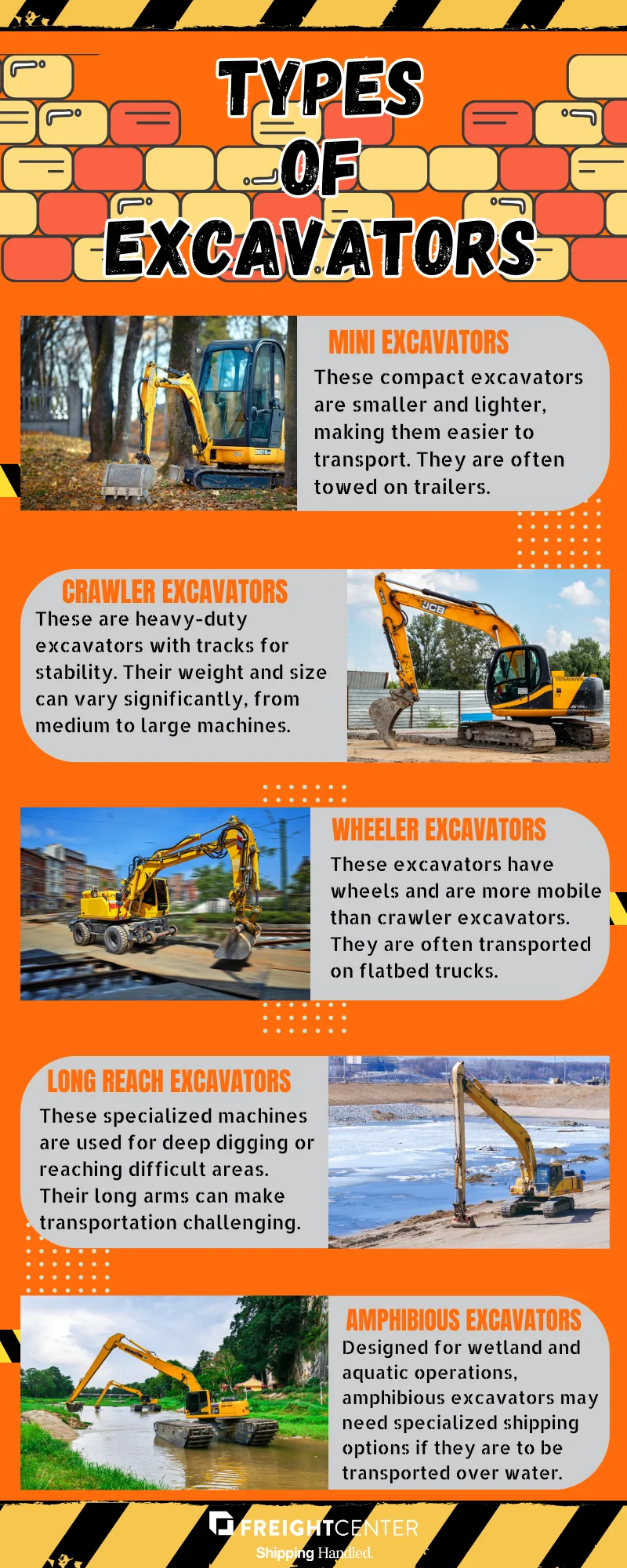
Types of Excavators We Ship
Before we dive into the logistics of shipping excavators, it’s crucial to understand the different types of excavators commonly used in the construction industry. Each type may require specific handling and transportation considerations:
Mini Excavators: Mini excavators, often called compact excavators, are versatile machines known for their smaller size and lighter weight in comparison to their larger counterparts. These excavators typically weigh between 1 to 7 tons and are designed for maneuverability in tight spaces. Due to their compact size, they can be easily transported on trailers. Mini excavators find wide applications in construction, landscaping, and utility work, where their ability to access confined areas is invaluable.
Crawler Excavators: Crawler excavators are the heavy-duty workhorses of the construction industry. These machines are equipped with tracks, which provide stability and distribute their substantial weight more evenly, allowing them to navigate rough and uneven terrains effectively. Crawler excavators come in various sizes, from medium to large machines that can weigh over 100 tons. Their robust design and powerful digging capabilities make them essential for large-scale excavation projects like digging foundations and mining operations.
Wheeled Excavators: Wheeled excavators, as the name suggests, are equipped with wheels instead of tracks. This design offers greater mobility on smoother surfaces and is well-suited for tasks that require frequent relocation. These excavators are often transported on flatbed trucks, making them suitable for construction projects that involve moving between job sites. They strike a balance between mobility and excavating power.
Long Reach Excavators: Long Reach excavators are specialized machines tailored for deep digging and reaching difficult or elevated areas. Their defining feature is an extended arm that allows them to reach further and dig deeper than conventional excavators. These excavators are commonly used in projects that involve dredging, excavating deep trenches, or working in areas with obstacles that require a longer reach. Due to their extended arm, transportation can be challenging, and specific equipment may be needed to secure and transport them safely.
Amphibious Excavators: Amphibious excavators are designed for operations in wetland and aquatic environments. Their unique feature is the ability to operate on both land and water. These excavators are equipped with buoyant pontoons or attachments that allow them to float on water surfaces while remaining highly capable of digging and dredging. Transportation of amphibious excavators, especially if they need to be moved over water, requires specialized shipping options, such as barges or pontoons, to ensure their safe and efficient transport.
Excavator Shipping Methods
Transporting excavators is a specialized task that requires careful planning and execution. Here are the primary shipping methods used for excavators:
- Flatbed Trailers: Smaller excavators, like mini and wheeled excavators, can often be transported using flatbed trailers. They are loaded onto the trailer, secured properly, and driven to their destination.
- Lowboy Trailers: Crawler and larger excavators are typically transported on lowboy trailers. These trailers are designed to carry heavy equipment and have a lower deck to accommodate tall machines. The height and weight of the excavator will determine the type of lowboy trailer needed.
- Ro-Ro Shipping: Roll-on/Roll-off (Ro-Ro) shipping is a common method for international shipping. The excavator is driven onto a specialized Ro-Ro vessel, secured in place, and transported to its destination.
- Container Shipping: In some cases, smaller excavators may be disassembled and placed in containers for shipping. This method is often used for international transport.
Important Considerations
- Weight and Dimensions: Accurate measurements of the excavator’s weight, height, width, and length are crucial for selecting the appropriate shipping method and ensuring it complies with transportation regulations.
- Securement and Fastening: Excavators must be properly secured during transit to prevent shifting, damage, or accidents. Specialized equipment like chains, straps, and blocking is used for securement.
- Permits and Regulations: Depending on the size and weight of the excavator, special permits and escorts may be required for over-dimensional loads. Be sure to research and comply with local and international regulations.
- Insurance: Comprehensive insurance coverage is essential to protect your investment during shipping. Work with a trusted insurer to ensure your excavator is adequately covered.
- Loading and Unloading: Ensure that loading and unloading procedures are carefully planned. Heavy machinery like excavators should be loaded and unloaded by trained professionals using appropriate equipment.
- Maintenance and Inspection: Before shipping, conduct a thorough inspection of the excavator to identify any pre-existing damage. Document its condition with photographs and keep maintenance records.
Shipping excavators can be a complex and challenging process due to their weight and size. Proper planning, adherence to regulations, and attention to detail are critical to ensuring a safe and efficient transport. Whether you’re moving a mini excavator locally or shipping a massive crawler excavator internationally, the key is to work with experienced shipping companies and logistics experts who understand the intricacies of moving heavy machinery. By doing so, you can ensure the smooth transportation of these powerful tools, keeping construction projects on track and within budget.
Heavy haulers are specialized trucks designed to transport oversized and exceptionally heavy cargo, such as industrial equipment, machinery, and large structures, while adhering to strict weight and size regulations.
Flatbed trailers are among the most common options for transporting tractors. These trailers have a flat, open deck without sides or a roof, allowing for easy loading and unloading of tractors and farm equipment. Tractors are typically driven onto the trailer and secured with straps or chains.
Drop-Deck trailers, also known as drop deck trailers, have a lower deck at the front and a raised deck at the rear, creating a stepped configuration. This design allows for the transportation of taller tractors with additional clearance. Tractors are often driven onto the lower deck and secured.
A "stretch trailer" typically refers to a specialized type of trailer used in the transportation of oversized or long loads, such as construction equipment, industrial machinery, or exceptionally long cargo. These trailers are designed to extend or "stretch" in order to accommodate loads that exceed the typical length restrictions of standard trailers.
RGN trailers, also known as removable gooseneck trailers, are specialized for moving exceptionally large and heavy tractors and equipment. The front section of the trailer can be detached and used as a ramp, making it easier to load and unload bulky tractors.
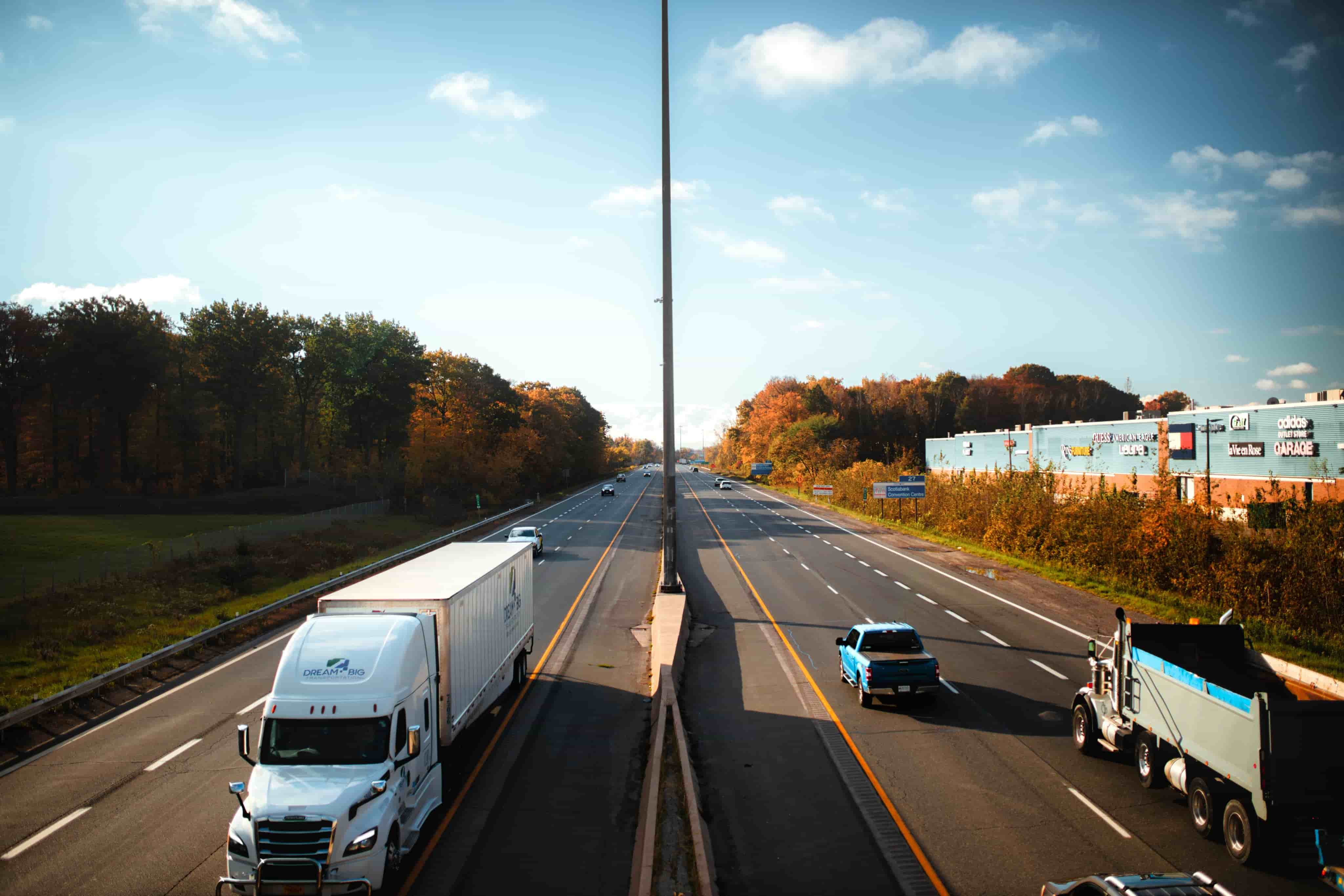
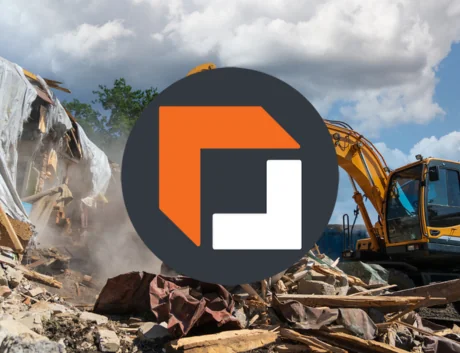
Why Choose FreightCenter for Excavator Shipping?
- Wide Range of Transportation Options: FreightCenter offers a diverse array of transportation options tailored to your specific cargo shipping needs. Whether you require trucking, rail, sea, or air freight, they can provide flexible solutions that accommodate the size, volume, and urgency of your winter shipments.
- Compliance with Safety and Regulatory Standards: FreightCenter excels in navigating transportation regulations and adhering to safety standards. They ensure that your winter shipments comply with relevant regulations, including proper labeling, documentation, and adherence to any specific requirements.
- Insurance Coverage: Recognizing the value of your shipments, FreightCenter offers comprehensive insurance options to provide protection and peace of mind. Insurance coverage helps mitigate risks associated with loss, damage, or unforeseen circumstances during transit.
- Real-time Tracking and Communication: FreightCenter employs advanced tracking technologies that grant real-time visibility into the status of your winter shipment commodities. This enables you to easily monitor the progress of your shipment and receive proactive updates regarding potential delays or issues. Their effective communication channels ensure open lines of communication.
FAQ: Shipping Excavators
Q. How much does it cost to ship an excavator?
Shipping costs can range from $2 to $5 per mile, depending on the size, distance, and mode of transport. Oversized excavators requiring RGN or heavy-haul services may cost more. FreightCenter offers instant quotes and access to volume discounts.
Q. What’s the best trailer type to ship an excavator?
Removable Gooseneck (RGN) trailers are often used for large or tracked excavators. Smaller models may ship on flatbeds or step decks. FreightCenter matches your equipment with the right trailer and carrier.
Q. Can I ship an excavator internationally?
Yes! FreightCenter offers international shipping services, including port coordination, customs documentation, and overseas transit for excavators.
Q. Do I need permits to ship an excavator?
Most excavators exceed standard size limits and require state or federal permits. FreightCenter handles all permitting, routing, and compliance to keep your shipment legal and on schedule.
Q. How long does it take to ship an excavator?
Transit time depends on distance and permitting. Most shipments within the U.S. take 2–7 business days. Expedited shipping is also available.
Q. Is insurance included when shipping an excavator?
FreightCenter offers third-party freight insurance options to protect your equipment during transit. Coverage is recommended for high-value or oversized machinery.
Q. How do I prepare my excavator for shipping?
Drain fluids (if required), remove attachments if oversized, secure moving parts, and photograph the equipment. FreightCenter can connect you with equipment prep services if needed.
Q. Can I ship multiple excavators at once?
Yes! We help coordinate multi-equipment shipments, whether for dealers, auctions, or contractors moving multiple machines to a job site.
Q. Do I need to be present at pickup or delivery?
It’s recommended to have someone available for loading and unloading, especially if specialized equipment like cranes or ramps is required.
Q. Does FreightCenter offer RGN shipping?
Yes. FreightCenter works with a wide network of carriers that provide RGN trailers and heavy-haul solutions for oversized machinery like excavators.
Q. Can you ship from an auction site or dealer yard?
Absolutely. We regularly arrange pickups from industrial yards, equipment auctions, and dealerships across the U.S.
Q. What’s the maximum weight for shipping an excavator?
We ship excavators weighing 10,000 to over 100,000 pounds. If your equipment exceeds standard truckload limits, we coordinate with heavy-haul specialists.
Q. Can you ship to a rural or remote job site?
Yes. FreightCenter regularly coordinates deliveries to farms, construction zones, and remote development sites, including limited-access areas.
Q. Are there seasonal limitations on excavator shipping?
Some states restrict oversize loads during winter or holiday periods. FreightCenter plans around seasonal regulations to avoid delays.
Q. Why choose FreightCenter to ship my excavator?
We simplify the process with experienced logistics agents, trusted heavy-haul carriers, competitive rates, and complete support from quote to delivery.
3 Amazing Facts about Excavators
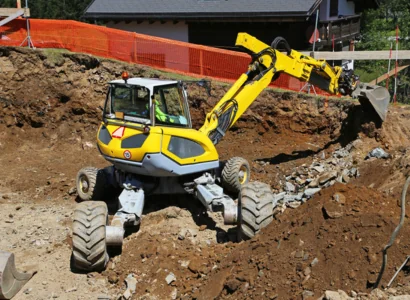
Excavators Can “Walk” Without Tracks Moving
Some high-tech or specialty excavators are designed with a feature called "walking legs" or “spider legs.” These hydraulic legs can individually extend and reposition, allowing the machine to climb steep terrain, rocky slopes, or even wade into water. They’re used in extreme environments like alpine construction or flood zone recovery.
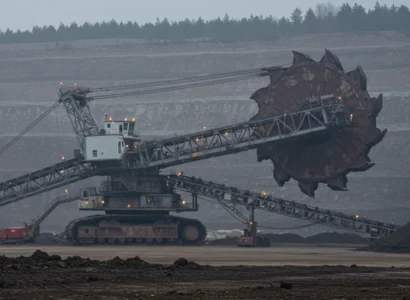
One of the World's Largest Excavators Weighs Over 2 Million Pounds
The Bagger 288—while technically more of a bucket-wheel excavator—is a mind-blowing feat of engineering. It's over 300 feet tall, 700 feet long, and weighs about 13,500 tons. While you won’t be shipping one of those anytime soon, it shows how the world of excavation scales from backyard mini-diggers to record-breaking mega machines.

Mini Excavators Are a Booming Segment of the Construction Industry
Despite the size and power of full-size excavators, the compact (or “mini”) excavator segment is growing the fastest globally. They’re lighter, easier to ship, and perfect for urban construction jobs. FreightCenter frequently helps contractors and rental companies move these smaller machines between job sites with fast turnaround times.

